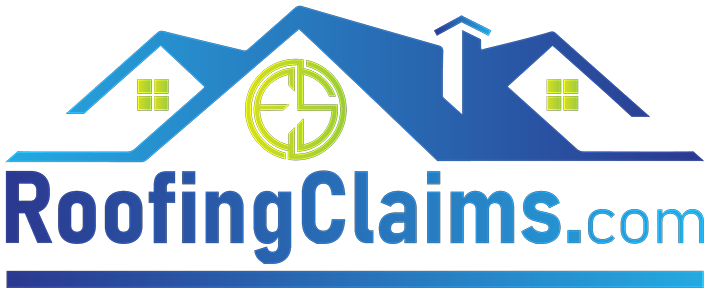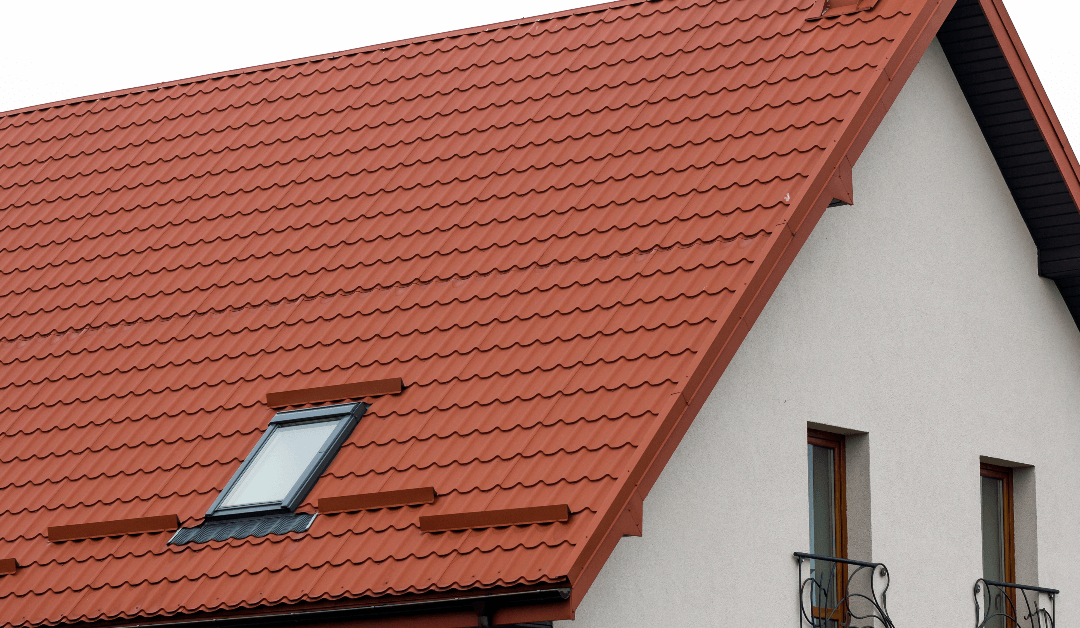The side of the outer ends of your sloping roof as it connects with the gable is called a verge. Tiles on the verge often have mortar to prevent ingress and birds nesting on your roof. Wet verges are commercial roofs rendered with mortar, while dry verges use interlocking caps that fit over the edge of roof tiles.
Wet Verges
No doubt, mortar does the job of stopping unwanted guests and water ingress. However, the problem lies in its durability. Sand or cement mortar used in commercial roofing will deteriorate due to weather conditions. Building structures made of wood will have a natural movement causing cracks by displacing the mortar. The mortar on any commercial roofing will require regular maintenance; otherwise, your building will look untidy. Deterioration of the mortar is inevitable; thus, maintenance is vital. Otherwise, it will become expensive.
Dry Verges
Sand or cement mortar (wet verges) is not the only choice you could choose to prevent water or pests from getting into your roof. A dry verge is a roofing system that uses verges that interlock. Dry verges or dry fixing is a popular roofing option for keeping your tiles secure from pests and water from your roof.
Benefits Of Dry Ridges
The ridges, when installed correctly, will not be blown off during normal weather conditions. Moreover, this will reduce the risk of damage in case of a storm. Roof tiles will not be blown off onto your car or loved ones during high winds or a storm.
Dry ridges are maintenance-free, unlike wet verges with a mortar that deteriorates over time. A dry verge system’s durability comes from being manufactured from plastics.
Ventilation in a dry verge system is subtle, reducing condensation, which can be toxic. The dampness and mildew caused by warm air will be minimal in your roof space.
Your roof will move because of vibrations if you live near a train track or road. Additionally, natural movement can be due to expansion and contraction caused by weather changes.
A dry verge system has an easy installation process. The plastic will leave a consistent, clean, attractive finish to your commercial roofing.
Types Of Best Metal Roofs For Commercial
Classification of commercial roofs will depend on the materials; some are more frequently used than others. At Roofing Claims, we help you make an informed decision.
But first, let’s look at the three most popular.
1. Built-Up Roofing Membrane
Also known as BUR, it is ideally tar and gravel. It is the toughest roofing system because the layering can be placed to increase durability.
2. Commercial Metal roofing
Many metal materials are available for roofing, like corrugated galvanized steel, copper, aluminum, and many more. Metal roofs are fire-resistant and durable, creating a sustainable design for your roof.
3. Modified Bitumen Roofing
A close cousin to BUR roofing, asphalt is reinforced in a fabric format installed in layers for low slope or flat roofing design.
Once you have identified the roofing type of commercial you need, you can distinguish when your property needs a new roof or maintenance and contact Roofing Claims Services.


Recent Comments